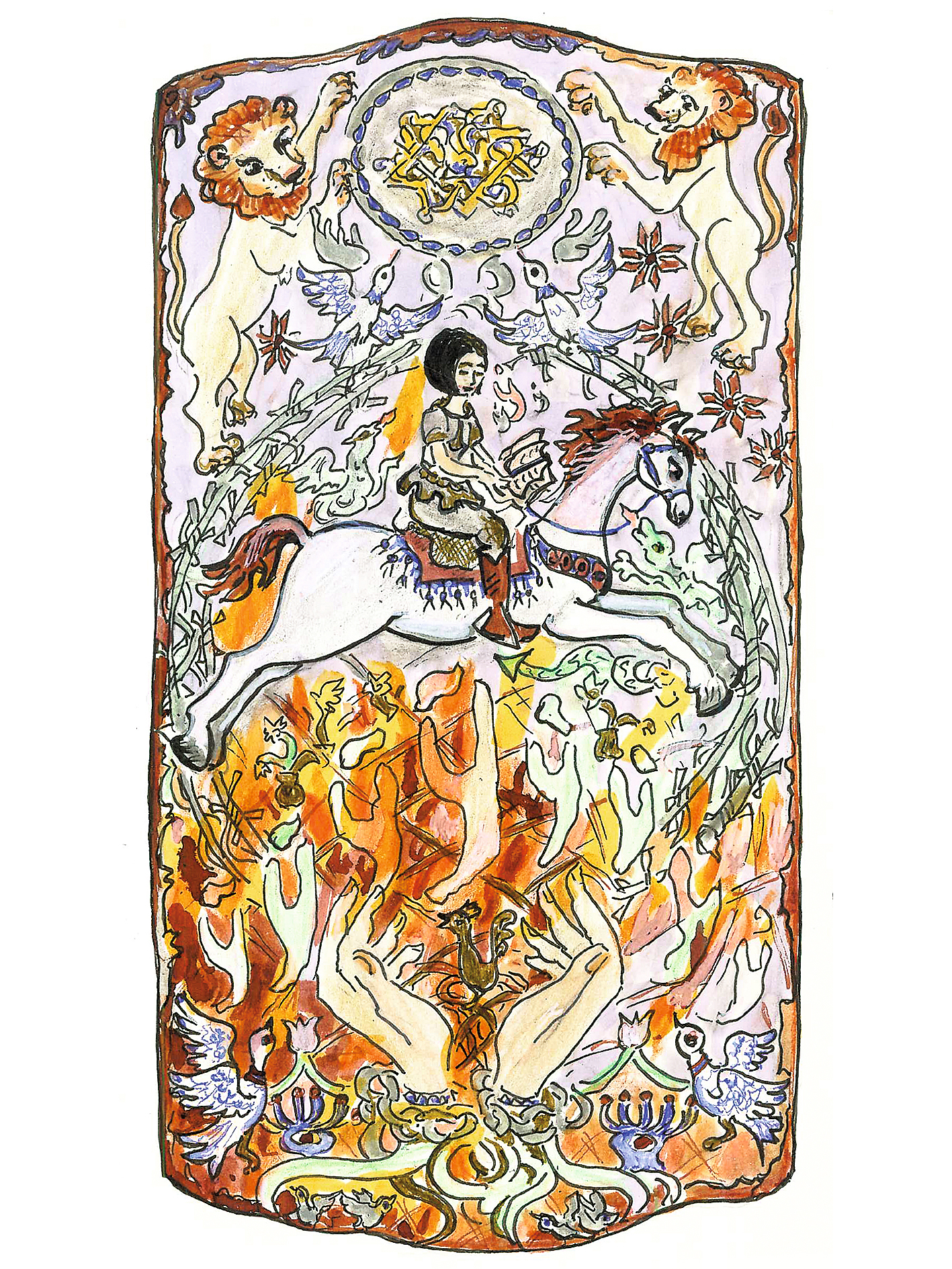Шыба без шкла – тое, што засмучае і здзіўляе. Прымушае спыніць рух і думкі, дакрануцца да балючага вобраза, які спаткае на вокладцы ў выглядзе назвы і суправаджае падчас падарожжа па старонках. Для Касі Іофе, беларускай паэткі, перакладчыцы, псіхатэрапеўткі, кніга стала месцам аўтарэфлексіі і судакранання з чытачом.
Зварот да яго ажыццяўляецца па-за межамі, з якіх першая ― моўная. У кнізе змешчаны вершы на беларускай, рускай, польскай, некаторыя творы згадваюць пра украінскую, ідыш.
Але «па-за межамі» не толькі праз мову і нават геаграфію. Справа ў адлегласці ментальнай, якая таксама пераадольваецца: стваралася кніга ва ўмовах рэлакацыі, з улікам досведу 2020 года, гранічна трагічнага, але не руйнуючага. Аб гэтым сведчаць і вобразная сістэма, дзе гіпернатуралістычныя метафары, нібы вывернутыя суставы, лякуюцца прыроднай стыхіяй, сумяшчаючы прыроднае і сацыяльнае, і фанетыка радкоў, пабудаваных на збіцці гукаў, паўторах, і аўтарскія неалагізмы з кавалкамі сэнсаў. А па-за ўсім гэтым ― постаць лірычнай гераіні, якая прынцыпова не адасабляе сябе ад мастацкага сусвету з ягонай крохкай надзеяй, што можа існаваць толькі побач з «белым, чырвоным, белым болем, чаканнем, болем».
A window-frame without glass is something upsetting and surprising. It forces you to stop your movement and thoughts, to touch the painful image that appears on the cover in the form of a title. This image accompanies you while traveling through the pages. For Kasia Ioffe, Belarusian poet, translator and psychotherapist, this book became a place of self-reflection and contact with the reader.
This contact happens beyond the boundaries, the first of which is linguistic. The book contains poems in Belarusian, Russian, Polish, some works mention Ukrainian and Yiddish.
But “beyond boundaries” is not only about language or even geography. It is a matter of mental distance, which is also overcome. The book was created in conditions of relocation, taking into account the Belarusian experience of 2020, extremely tragic, but not destructive. This is seen in the system of images, where hyper-naturalistic metaphors, like twisted joints, are healed by the natural element, combining the natural and the social. The phonetics of the lines are built on the beating of sounds, repetitions, and the author’s neologisms with pieces of meaning. Behind all this, there is the figure of the narrator. She does not separate herself from the artistic universe with its fragile hope, which can exist only next to “white, red, white pain, waiting, pain.”
